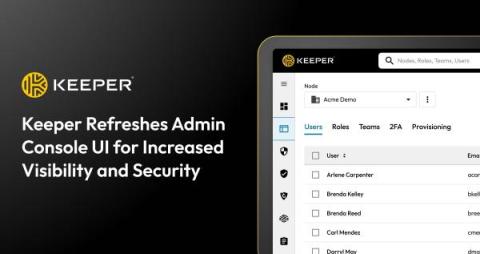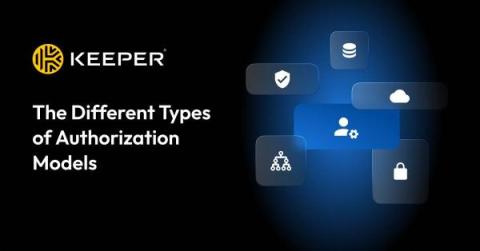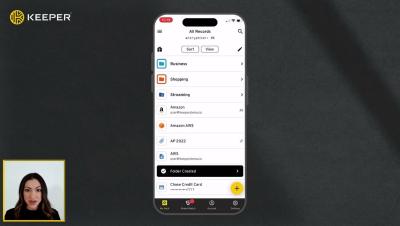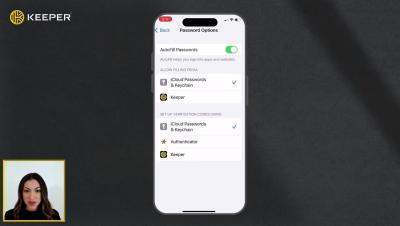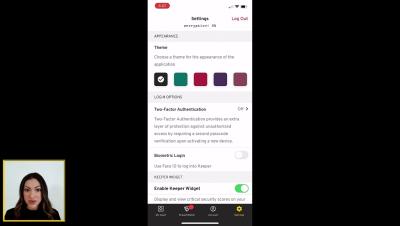Keeper Announces Passkey Support for iOS and Android
Keeper Security is excited to announce that it now supports passkeys for mobile platforms on iOS and Android. This update extends passkey management functionality in the Keeper Vault beyond the Keeper browser extension support for Chrome, Firefox, Edge, Brave and Safari announced in June 2023. Passkeys have seen rapid adoption since their introduction in 2022 and Keeper is proud to enable their use across devices, bringing users a more secure and streamlined authentication experience.




